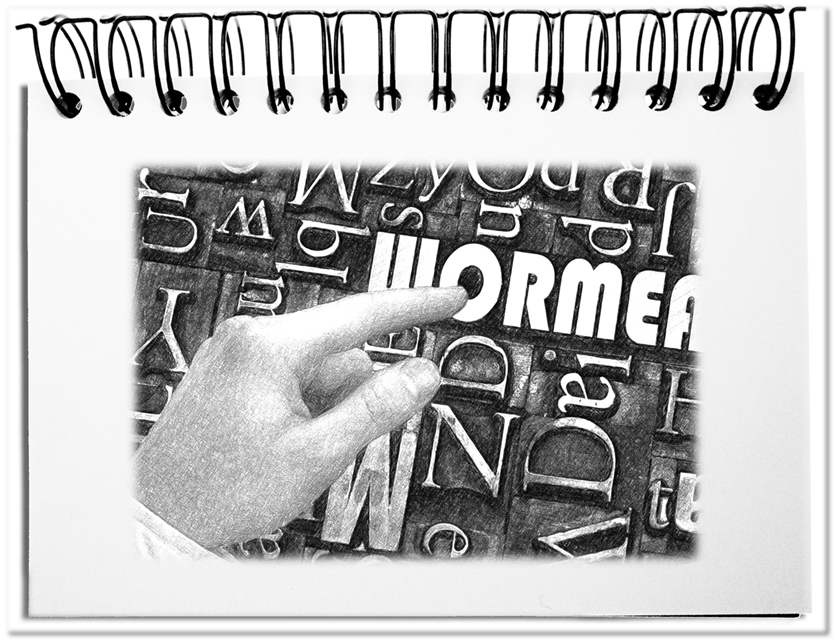For all those, who do not master Chinese, Cyrillic, Thai, Arabic or cuneiform script and hieroglyphics, those written documents in a foreign language are a collection of lines and forms that may mean something, but do not reveal their content. So far only scriptures are known, which approx. six thousand years old are. Meanwhile, Genevieve von Petzinger has found in Stone Age caves thirty-two characters all over the world. Thirty-two in total. And we recognize, what we always recognize (see figure). The particular aspect of these signs is the fact that it is again and again a matter of the same signs that were ‘written’ everywhere in the world, up to forty thousand years ago. And we have no chance to know, what they mean.
We still find these characters in the fonts of our computers (×, Ο, ↑, ∇, #, ∼, ♥, ω, —). Since we only recognize what we recognize, let’s take a look at what there is to see.
- Lines
There are straight, rounded and jagged, sometimes solid and sometimes dotted lines. Perhaps the heritage of this cave graffiti is still plugged in our perception today – horizontal lines convey calm; vertical lines awaken dynamics; bent lines appear energetic; curved lines transmit tension; wavy lines indicate snakes or water. Lines are used to create shapes and characters in the following. - Forms
One recognizes basic forms that are familiar to us – circle, rectangle and triangle. The circle appears balanced without start and end. The rectangle gives a stable impression. It creates clear boundaries and order. The triangle stands on its tip and suggests dynamism and femaleness. - Signs
Some seem to be signs for something – double cross, horizontal bracket sign, double arrow, positive and negative hands, heart, hashtag, spiral, etc. What these symbols represented, we will never know. For example, the hands could be a kind of signature or I-was-here. Could the heart-shaped form be a heart or is that unlikely? I’m interested in what the hashtag (#) might stand for. - Context
The most obvious seems to be the context – a cave. But why here? In the dark. These are the Stone Age caves, in which research has dealt so far with the depicted animals, people and everyday scenes. Here these signs can be found again and again on the sidelines and in the entrances. Surprising is the fact that there are only thirty-two that have been used around the world – actually, for forty thousand years until today. The fact that they were found in the surroundings of the wall paintings is an indication that they fulfilled a special purpose in this context. - Without meaning
These signs could mean anything and nothing. Perhaps they are collateral stains left over from performing rituals. On the other hand, they could be abstract representations of mental imagery or theoretical concepts. Or the simplified depiction of the fauna and flora of the time. It would be exciting to determine whether the illustrations are art work that have been refreshed or renewed over a long period of time, the same way as the Aborigines in Australia still practice today.
Bottom line: It is thanks to Genevieve von Petzinger that today, we not only become aware of these lines, shapes and signs from up to forty thousand years ago, but that she also recognized and structured the similarities between the cave arts scattered around the world. I wonder whether these basic forms, which we still use today, have saved their importance over the millennia. All we can do is speculate because: We only recognize, what we recognize – the original meaning was taken to the grave by the artists many thousands of years ago.


